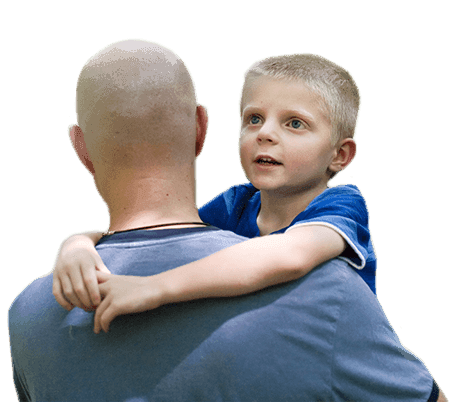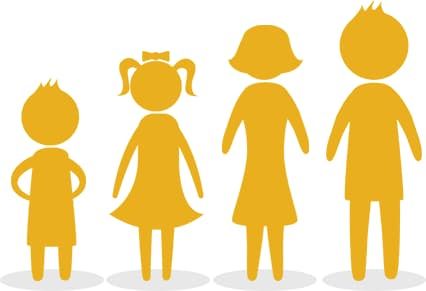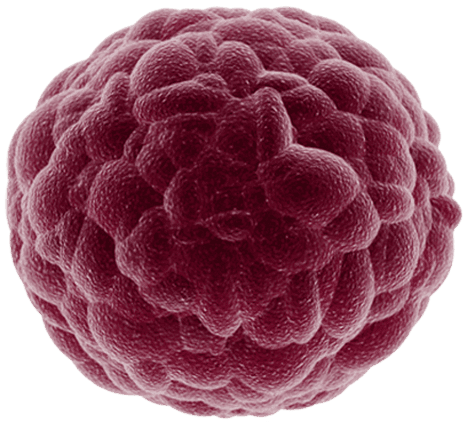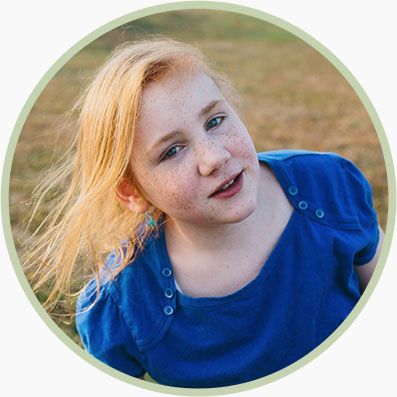About Childhood Cancer
How big is the problem?
More children are lost to cancer in the U.S. than any other disease—in fact, more than many other childhood diseases combined.
Before they turn 20, about 1 in 263 children in the U.S. will have cancer.
Worldwide, a child is diagnosed every 2 minutes.
In the 1950s, almost all kids diagnosed with cancer died. Because of research, today about 90% of kids with the most common type of cancer will live. But for many other types, progress has been limited, and for some kids there is still little hope for a cure.


Why we use the term “kids.”
Even the term “childhood cancer” is a problem, because it actually means cancers that strike infants, children, teens and young adults. That’s why the St. Baldrick’s Foundation often refers to “kids” with cancer.
While the word “kid” is slang and isn’t used in other countries, in the U.S., it is more inclusive. (At 21, you may be a college kid, but you’re certainly not a child!)
But the issue is far more serious than language. Adolescents and young adults with cancer are often treated as adults. If they received childhood cancer treatments instead, 30% more would survive!

How cancer behaves.
Most of us have relatively well-behaved cells. Cancer happens when some cells get out of control.
A normal cell knows how to grow and divide to make new cells, and knows when to stop and die. But a cancer cell isn’t normal. It grows and spreads too fast, and it won’t die.
All those cancer cells can clump together to form a tumor. Not only can tumors grow to damage the part of the body where they start, they can also spread (or metastasize) to other organs where they do even more damage—sometimes ending a life.
Why is childhood cancer so different?
The cancers that strike kids—and there are many—are different from adult cancers:
Many adult cancers can be diagnosed early. In 80% of kids, cancer has already spread to other areas of the body by the time it is diagnosed.
Some cancers almost never strike after the age of 5; others occur most often in teenagers. Even when kids get cancers that adults get—like lymphoma—they must be treated differently. Children are not simply smaller adults!
There are over a dozen types of childhood cancers, and countless subtypes, making it more challenging for researchers to find cures for every kid.
A cure is not enough.
For many years, researchers struggled to give kids just a few more months of life. While many kids now survive, the search goes on for cures for many childhood cancers.
But even for kids who survive, the battle is not over. A recent study shows that because of the treatments they had as kids, by the time they’re 50, more than 99% of survivors have a chronic health problem and 96% have severe or life-threatening conditions.
So in addition to finding cures, a lot of research is focused on preventing the lifelong damage that results from surgeries, radiation and chemotherapies given while young bodies and brains are just developing.
Even during treatment, kids face all kinds of side effects, some very uncomfortable, others life-threatening. That’s why St. Baldrick’s also funds research to improve supportive care for patients.

Kids with cancer need us.
Two minutes from now, a child will be diagnosed with cancer, and another family will be faced with the very real possibility of losing their child.
Will you help?
Get Involved